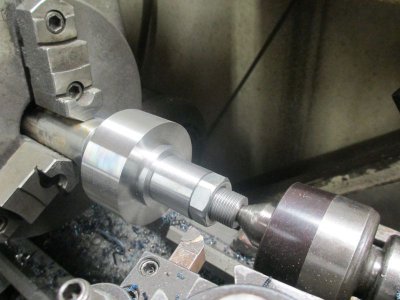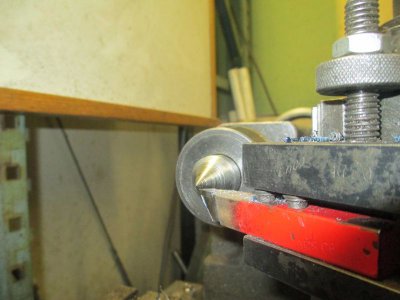One place I worked did what was called a "mic check" pass, leaving 0.015 on the finished diameter. If it was not exactly 0.015, a tool offset was used to correct it. These were heavy, stout CNC machines for the most part. The smallest was a Mazak QuickTurn 20 as I recall. Not much give in any of the machines, but of course, always some, even if minuscule, in the part.
In practice, my approach has usually been to slow down the DoC as I get within say, 0.100 of finished size. Since it's sometimes hard to get finish with a whisper cut anyway, I try to avoid cuts of a 0.001-0.002. If I hit target at 0.025, I stay with it all the way. There is very little change (until you get to really small diameters) in the cutting forces and relative tool position relative to working surface when removing the last 0.100.....so if it hits all the way down to the last 0.025, that is what the finish pass is.
There are of course exceptions to that, but that's normal unless the tolerance is very low. The larger the tolerance, the more aggressive I get. Finish cut might be 0.100 on some things.
As far as a spring pass goes, I use them on closely held dimensions. I may leave 0.010-0.015, run a spring pass......and make my final pass based on how much material the actually removed, regardless of dial, indicator, or DRO.


 mike
mike

